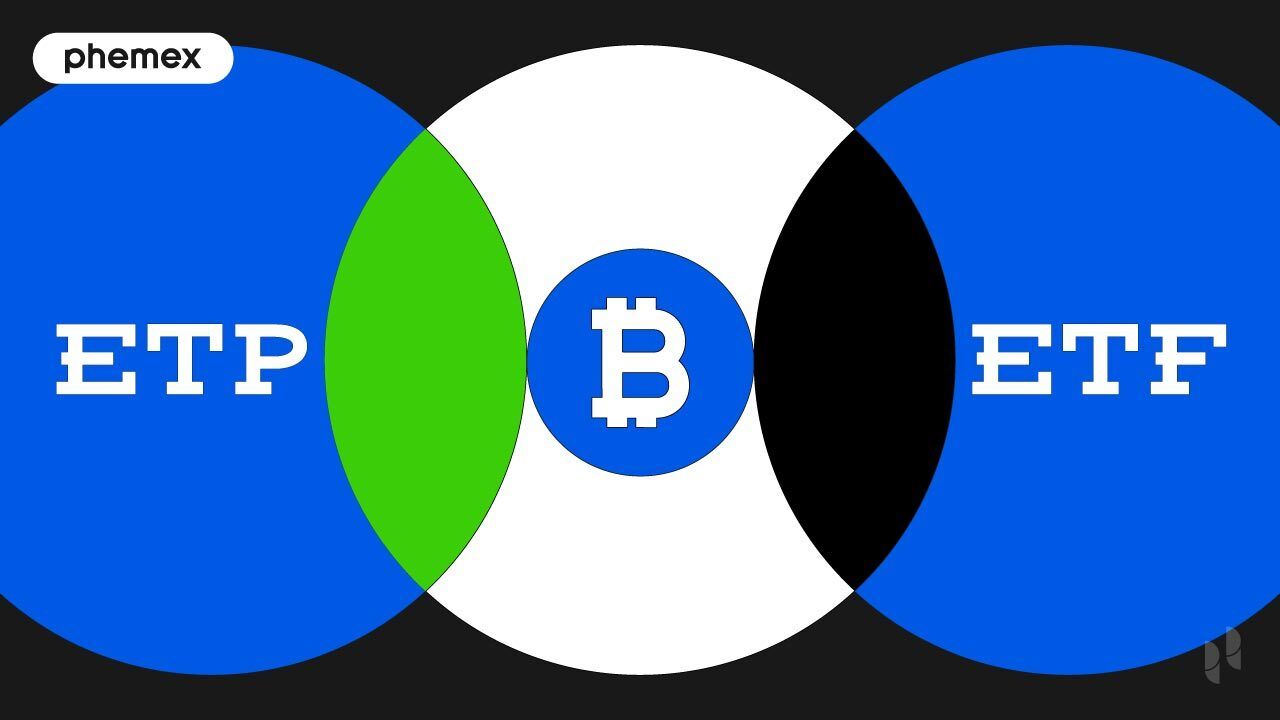Summary
- What is ERC-20: ERC-20 is one of the most widely-used standards for smart contracts on the Ethereum platform. All ERC-20 tokens are issued to the same standard, which allows them to operate on the Ethereum blockchain.
- According to Etherscan, there are over 350,000 ERC-20 token contracts on the Ethereum blockchain.They are stablecoins, defi tokens, and utility tokens

Ethereum & ERC-20 Tokens
When Ethereum launched in 2015, it marked the start of a new era for blockchain. Whereas previously, the technology’s utility was mostly limited to cryptocurrencies like Bitcoin, Ethereum was the first-ever smart contract platform and it soon became the second largest and popular cryptocurrency with a lot of supporters and investors looking to buy Ether. The years after its launch saw an explosion of new projects enter the space, powered by the ERC-20 token.
All ERC-20 tokens are issued to the same standard, which allows them to operate on the Ethereum blockchain. In this guide, we’ll cover all the basics regarding the ERC-20 token standard and the rules of how a new ERC-20 is issued. We’ll also take a look at some of the many use cases for ERC-20 tokens in operation today.
What are ERC-20 Tokens and Smart Contracts?
Like Bitcoin, Ethereum is a chain of blocks made up of transactions covering their entire history since the genesis block. However, Ethereum has another layer known as the Ethereum Virtual Machine, or EVM. The EVM is what allows anyone to program a smart contract on the Ethereum platform.
A smart contract is simply a piece of code written in Solidity, the Ethereum programming language, that works on an “if-this-then-that” logic. It works similarly to a vending machine. If you put a coin in a vending machine, you’ll get a can of soda, or a candy bar, automatically in return. A smart contract is programmed in a similar way.
ERC-20 is one of the most widely-used standards for smart contracts on the Ethereum platform. The fact that nearly all Ethereum tokens are issued to the same standard brings vast benefits for users of the Ethereum ecosystem. It means that ERC-20 tokens are interoperable with one another and with any ERC-20 supported contract, exchange, marketplace, or wallet.
This ability to integrate has acted as a positive reinforcement cycle for Ethereum, with the existing ecosystem pulling in more developers and users who want to join in.
What are the Rules Governing the ERC-20 Token Standard?
The ERC-20 token standard is relatively straightforward, comprising nine rules for issuing tokens. Six of them are mandatory and must be applied in all instances. Three are optional, although at least two of these are generally used.
Optional Rules
The three optional rules are:
- Token Name – e.g., Maker. Despite being optional, this is almost always used as token owners want users to be able to identify their tokens.
- Token Ticker – e.g., MKR. Again, almost always used as exchanges list token pairs using tickers.
- Decimal – each ERC-20 token can be denominated in fractional units of up to one-eighteenth
Mandatory Rules
Mandatory rules are categorized as either functions or events. The first two functions don’t modify the state of the contract. They define some core features of the token, and if queried, will return already-defined information.
- TotalSupply – the total number of the tokens issued
- BalanceOf – answers a query regarding how many tokens any given address is holding
Another two are commonly-used events familiar to all cryptocurrency users.
- Approve – approves the movement of tokens in a transfer
- Transfer – once approved, this function instructs the contract to move a defined value of tokens from a sender address to a recipient address
Finally, there are two more that may not be implemented, but they must be included to qualify the token as compliant with the ERC-20 standard
- Allowance – ERC-20 allows an address to be programmed with a spendable allocation of tokens that can be sent by the smart contract without any approval. It’s effectively a pre-approval to spend an allowance. This function is defined as zero by default, but if queried, it will return the number of tokens left in the allowance
- TransferFrom – allows a token to be programmed for automatic payments, initiating the Transfer event to move tokens from an Allowance.
So, providing any given Ethereum token implementation adheres to these rules, they are using the ERC-20 token standard. Token issuers can put in place further programming rules that govern how tokens behave. For instance, if a project founder is crowdfunding using tokens, they can program a smart contract to dispense ERC-20 tokens automatically. When an investor sends a certain amount of ETH from their wallet and deposits it into the smart contract, it will return the purchased tokens to the investor’s wallet.
Notable Projects Using the ERC-20 Token Standard
According to Etherscan, there are over 350,000 ERC-20 token contracts on the Ethereum blockchain. It’s fair to say that at least some of these will be dead coins. Many projects choose to issue the first instance of their token on Ethereum because it’s quick and easy. EOS is one example of a project that started in this way before it issued EOS tokens on its own mainnet.
However, some of the best-known and well-used projects in cryptocurrency still operate as ERC-20 tokens and are likely to continue long into the future.
Here are some of the main project types and categories.
Stablecoins
All of the biggest stablecoins are issued as ERC-20 tokens due to their interoperability with DeFi and other Ethereum applications. For instance, Tether’s USDT, Circle’s USDC, and Binance’s BUSD are all available as ERC-20 tokens.
Some stablecoins are issued on more than one network to overcome issues with the Ethereum platform, such as congestion and high transaction fees. For example, USDT is available on Tron, Omni, and EOS as well.
Maker’s DAI is an ERC-20 token and the biggest crypto-backed stablecoin.
DeFi Tokens
Some of the biggest ERC-20 tokens by market cap and popularity right now are DeFi tokens. They offer different features, including yield generation and governance rights, having gained popularity during the summer of 2020 when Compound launched its COMP token. Since then, others, including Uniswap’s UNI, Sushiswap’s SUSHI, and Yearn’s YFI, have seen similar success.
Utility Tokens
Some instances of ERC-20 offer utility within a particular project. Utility tokens have a wide variety of use cases developed by blockchain entrepreneurs. For example, Basic Attention Token (BAT) is the token used by participants in the Brave browser advertising ecosystem.
Finally, it’s worth noting that ERC-20 tokens are also supported on some other platforms. For example, Matic Network is a layer two platform developed to overcome Ethereum scalability. It makes use of the Ethereum Virtual Machine, and so it can interoperate with ERC-20 tokens. This means that the ERC-20 ecosystem is even bigger than Ethereum itself.
Conclusion
ERC-20 tokens are not necessarily perfect, and all smart contracts are only as good as the code on which they’re based. However, ERC-20 tokens are generally simple to issue, versatile, and well-supported within the cryptocurrency space. For that reason, it’s safe to assume that ERC-20 will remain the most popular token standard for quite some time to come.
Read More
- BEP2 vs. BEP20 vs. ERC20: What Is the Best Blockchain Token Standard?
- Ethereum 2.0 – Everything You Need to Know
- What Are Crypto Tokens? How Do They Work?
- Tron’s TRC-20 Tokens – All You Need to Know
- What Are Non-Fungible Tokens (NFTs): Introduction to NFTs
- The Ethereum Virtual Machine: How Does it Work?
- What is Cryptocurrency & How It Differs From Digital Cash
- What Are Decentralized Applications (dapps)?







